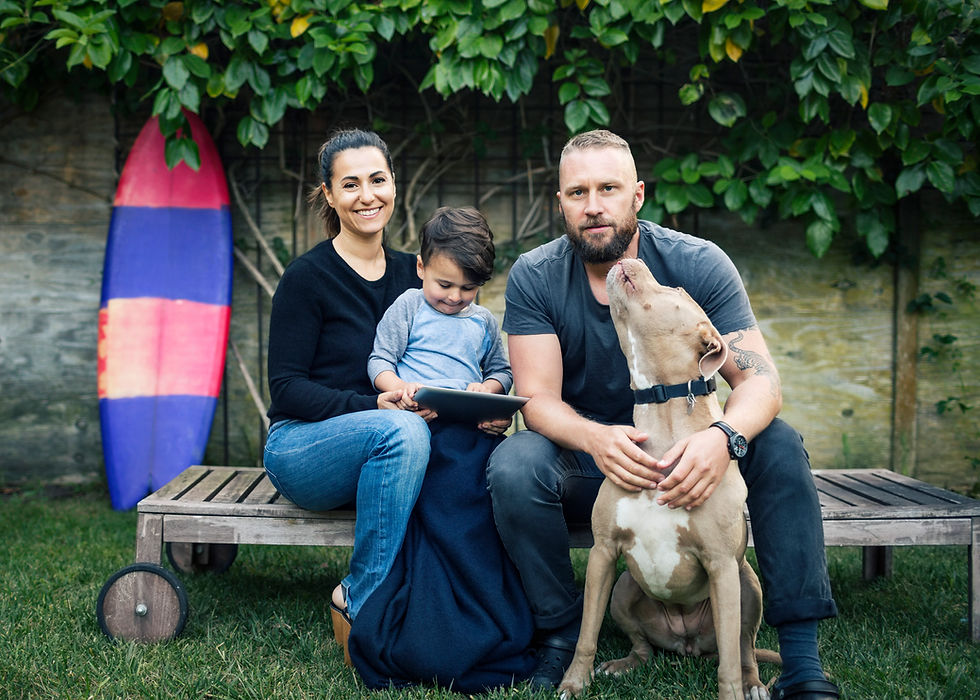Three unexpected time investments of owning a dog
- Rhiannon

- Aug 25, 2024
- 3 min read

Dogs. They’ve been with us humans for thousands of years. They’ve been alongside us for so long that many of us feel it’s unnatural to NOT have a dog in our lives. So, we bring these adorable, loyal creatures into our homes and hearts with excitement and anticipation of blissful companionship and living happily ever after. Sometimes though, our daydreams are quickly interrupted by how much time our new buddy needs in ways we didn’t expect. Let’s explore three unexpected time commitments that come with having a furry friend.
Adjusting to a new home
Bringing a new dog home can be an exciting time. However, it can be a more overwhelming experience for our new buddy. A general guideline for helping a new pup settle in is the 3-3-3 framework: three days for the new dog to decompress, three weeks to start learning routines, and three months to feel comfortable and at home. It’s important to remember that this is a very general guideline. A dog may settle in faster or more slowly depending on the dog, their past experiences, and the household dynamics of their new home. In some cases it can take a year or more for a dog to completely become part of a new family. Recognizing and being patient with a new dog’s adjustment process is crucial to building trust and ensuring their successful transition into their new home.

Training and learning
Different dogs respond to training differently and learn at different rates. Training and learning can depend on a lot of different factors, including breed, age, past experiences, genetics, health, training tools and methods, and more. For certain dogs and certain things, training can be an ongoing process. Many people think of training as getting their dog to “sit” or “stay,” but training extends to teaching dogs how to socialize with other dogs and people, showing a dog that the car isn’t so scary, and much more. Just like people, dogs may need to periodically brush up on their skills, especially if they haven’t used them in a while. The time it takes a dog to initially learn a skill to the time the skill is solidified can be more of a time commitment than expected.

Exercise needs
Some new dog owners might think that a large backyard will be enough to meet the exercise needs of their pup. While it certainly helps, it’s not nearly enough for most dogs. More experienced dog owners might expect a daily walk to meet their dog’s needs, which could absolutely be true for some dogs. Chances are though, that still isn’t enough.
Few of us anticipate the variety and frequency of activities that our dogs might need, and many of us make the mistake of only focusing on physical exercise. Mental exercise is just as important! Breed and age can play a big role in what kinds of exercise and activities a dog may need. It’s important to note though, that breed and age aren’t always great indicators for the dog you’re going to bring home. Just because you’ve had four easy going Bassets Hounds before, your fifth one might have the spirit of a two-year old German Shepherd.
Exercise needs could be met with multiple daily walks that allow dogs to mentally engage with their environment. Other great ways to meet your dog’s physical and mental exercise needs include more time-consuming activities like agility training, hiking, or games such as fetch or puzzles, all crucial for mental and physical well-being.

Conclusion
The time commitments of dog ownership can be greater than expected. By preparing for these and other time investments, we can approach our dog’s needs with patience and understanding, providing our dogs with the environment they need to succeed and thrive. Even though it can take some time, watching our loyal companions grow into confident and happy pups can be one of the most rewarding experiences of our lives.





Comments